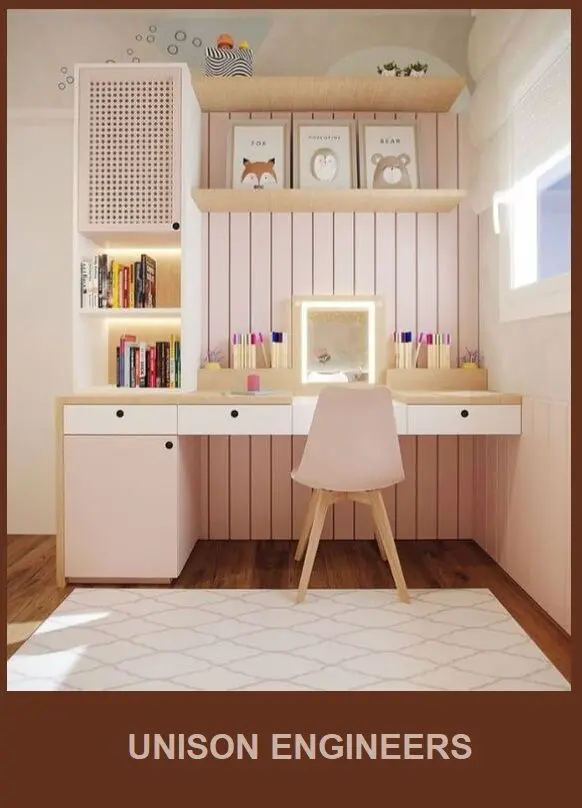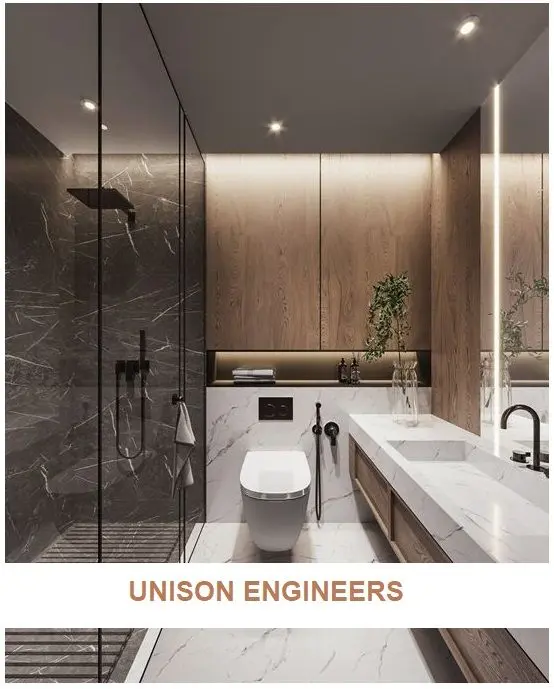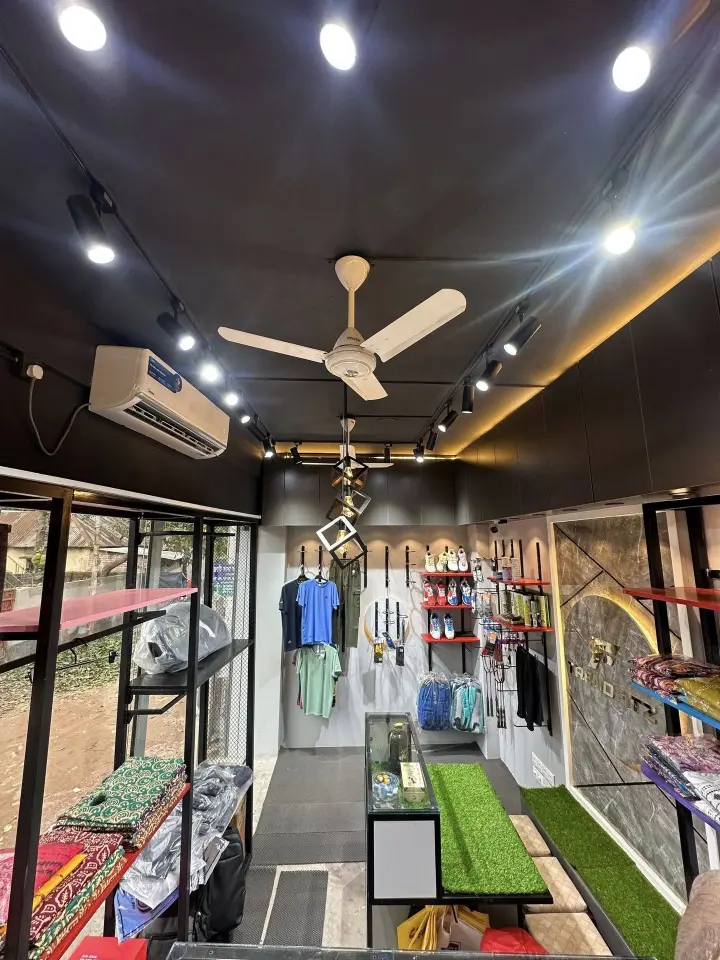🎨 Interior Design as Emotional Architecture
Interior spaces impact our emotions just as much as our physical environment. The color of a wall, the softness of a couch, or the lighting in a room can influence mood, stress levels, and even productivity.
For instance:
- Warm colors like orange or red can energize a space, while cooler hues like blue and green promote calmness.
- Natural lighting and indoor plants have been proven to reduce anxiety and boost focus.
- Open, uncluttered layouts promote clarity of mind, while overly packed spaces can feel suffocating.
In this way, interior design becomes a form of emotional architecture — shaping our inner worlds through our outer environment.
🛋️ Designing for Functionality and Purpose
Good design isn’t just about beauty — it’s about purpose. A well-designed kitchen makes cooking a pleasure, a smartly arranged living room encourages conversation, and a thoughtfully laid-out office boosts productivity.

Modern interior design emphasizes:
- Multifunctional spaces: Especially relevant in small urban apartments, where one room might serve as a bedroom, workspace, and social area.
- Ergonomic furniture: Supporting health and comfort in homes and offices.
- Minimalist designs: Reducing clutter to create mental peace and order.
By tailoring spaces to our evolving lifestyles, interior design improves not just how our homes look, but how they work for us.
🏡 Personalizing Spaces for Self-Expression
Interior design gives people the freedom to tell their stories through their environment. From family photos and vintage souvenirs to bold wall art and modern sculptures, our interiors reveal our identities, memories, and aspirations.

Design choices reflect:
- Cultural background
- Personal hobbies
- Professional lifestyle
- Philosophies about simplicity, sustainability, or indulgence
Whether you’re drawn to rustic farmhouse aesthetics or sleek contemporary minimalism, your space can become an extension of who you are.
🌿 The Rise of Sustainable and Mindful Interiors
As conversations around environmental responsibility grow, interior design trends have shifted towards sustainable materials, locally made furnishings, and eco-friendly design practices.
More people now choose:
- Reclaimed wood furniture
- Low-VOC paints
- Energy-efficient lighting
- Natural fabrics like organic cotton or bamboo
Mindful design isn't just good for the planet — it promotes healthier, more conscious living, bringing harmony to both the space and the people in it.

✨ Final Thought
Interior design isn’t simply about making a space attractive — it’s about creating environments that nurture well-being, foster connection, and reflect personal identity. As our lifestyles and values evolve, so too does the way we shape our homes, offices, and public spaces.
Interior design isn’t simply about making a space attractive — it’s about creating environments that nurture well-being, foster connection, and reflect personal identity. As our lifestyles and values evolve, so too does the way we shape our homes, offices, and public spaces.
Interior design isn’t simply about making a space attractive — it’s about creating environments that nurture well-being, foster connection, and reflect personal identity. As our lifestyles and values evolve, so too does the way we shape our homes, offices, and public spaces.
In the end, good interior design serves as a quiet but powerful partner in our daily lives — making us feel comfortable, inspired, and at peace within our personal worlds.